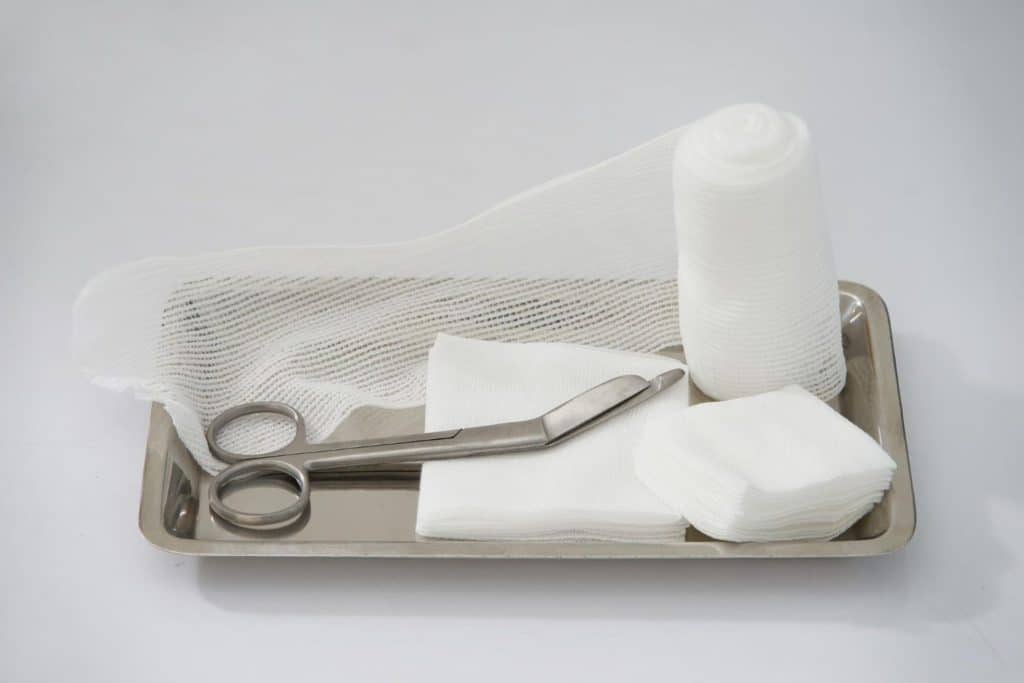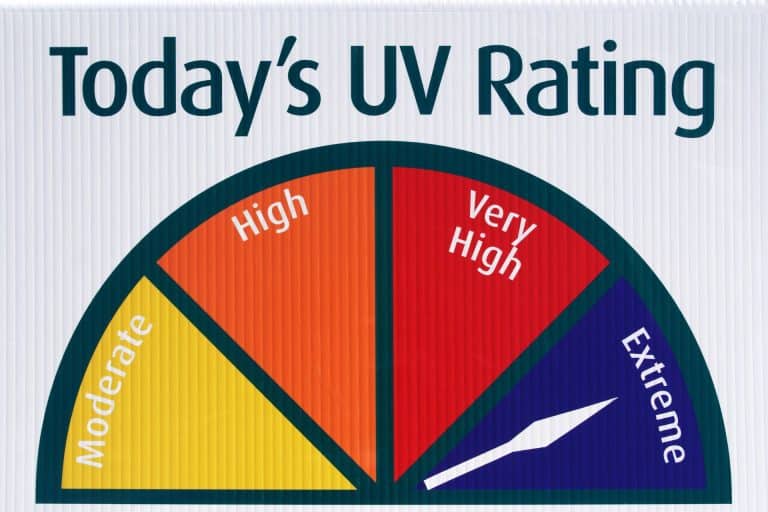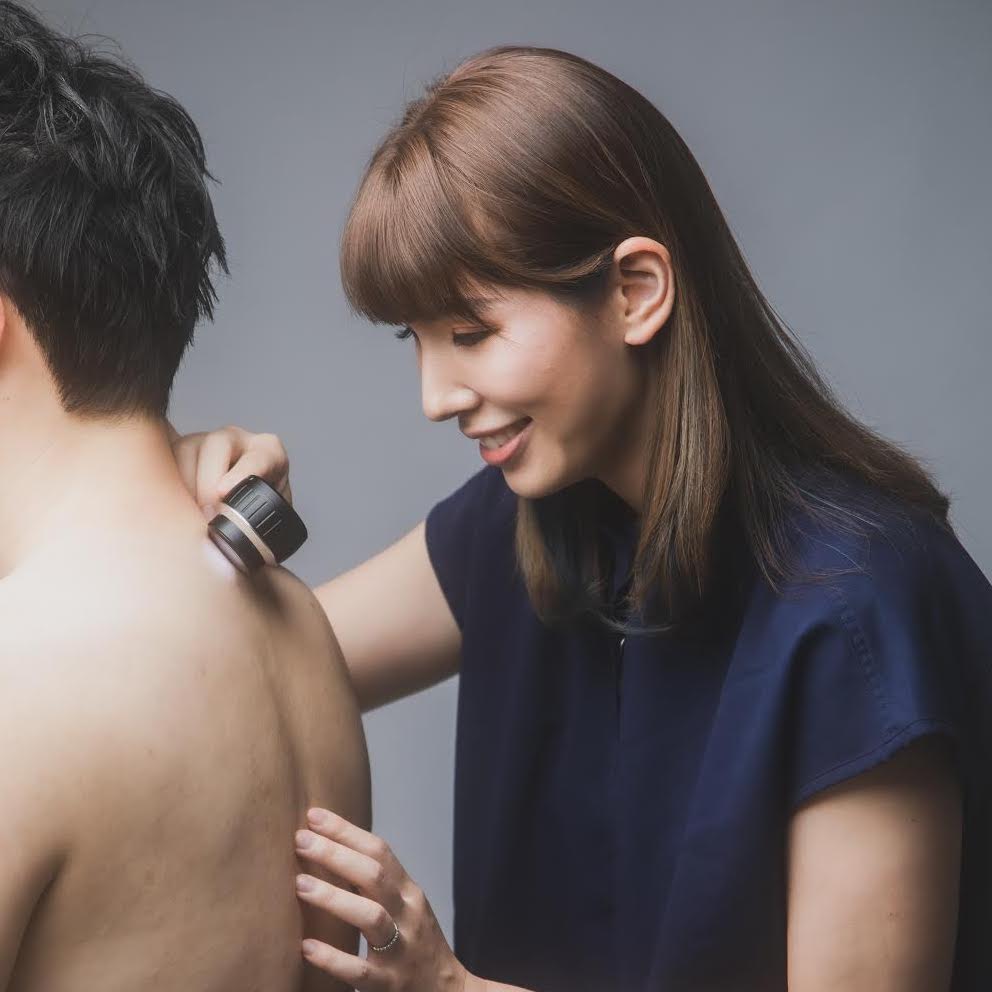Wound care plays a crucial role in healing after surgery. Using the right dressing and following proper care instructions can prevent infections, reduce pain, and promote faster recovery. This guide is designed for patients, nurses, and doctors to help with choosing the right dressing, managing wound issues, and knowing when to seek help.
1. Choosing the Right Dressing for a Healing Surgical Wound
For non-infected wounds that have been closed with sutures or staples, the ideal dressing should:
- Protect the wound from friction and infection
- Maintain a moist environment to speed up healing
- Be easy to remove without damaging new skin
Common Types of Dressings
Your doctor or nurse will choose the best option based on wound type and healing stage.
| Dressing Type | Examples | Best For |
| Non-adherent dressings | Telfa, Adaptic | Preventing sticking to the wound, reducing pain when changing dressings |
| Transparent film dressings | Tegaderm, Opsite | Waterproof protection, easy monitoring of the wound |
| Foam dressings | Mepilex, Allevyn | Absorbing excess fluid while keeping the wound moist |
| Hydrocolloid dressings | Duoderm, Comfeel | Helping wounds heal by maintaining moisture and removing dead tissue |
2. What If You Have a Skin Reaction to Dressings?
Some patients develop contact dermatitis due to the adhesive in wound dressings. If you notice redness, itching, irritation, or rash, take these steps:
- Remove the dressing and wash the area with mild soap and water
- Apply a mild corticosteroid cream (e.g., hydrocortisone)
- Switch to a hypoallergenic or silicone-based dressing
3. Understanding Hydrocolloid Dressings: When & How to Use Them
Hydrocolloid dressings, such as Duoderm or Comfeel, help wounds heal by:
- Forming a gel that absorbs wound fluid
- Creating a protective barrier against bacteria
- Encouraging natural removal of dead tissue (autolytic debridement)
Possible downsides:
- Maceration (overhydration of the skin) if the wound is too wet
- Odour from the gel formation (which is normal and not a sign of infection)
- Difficult removal, especially on delicate skin
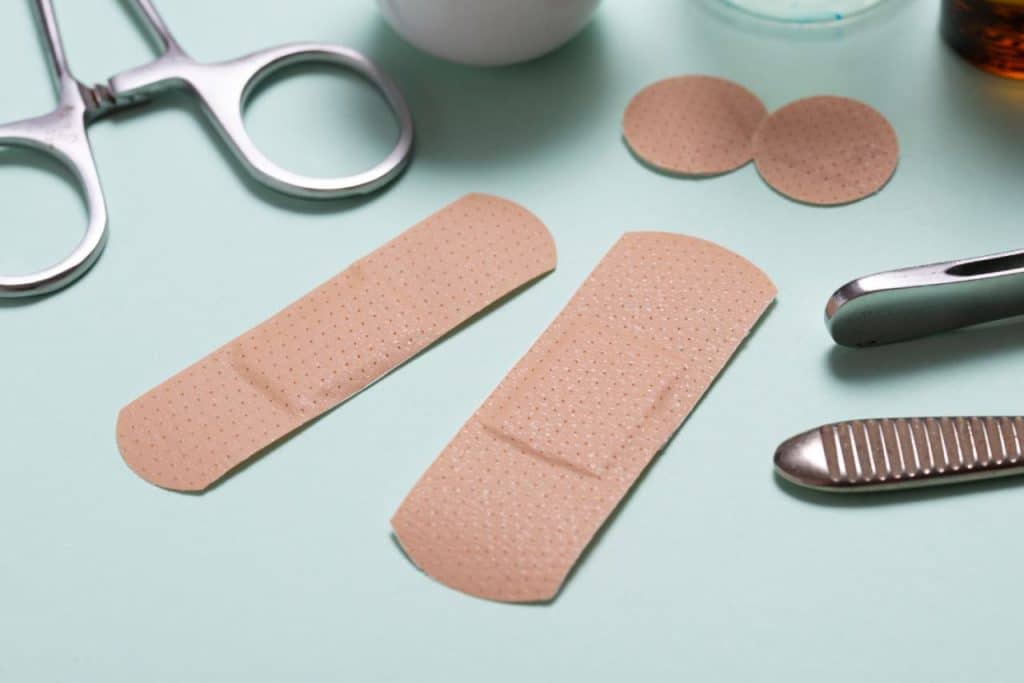
4. Is a Smelly Wound Always an Infection?
A patient may return 5 days after surgery, worried about an odor under a hydrocolloid dressing. If the wound looks clean and a swab shows no bacterial growth, reassure the patient:
- The odor comes from the hydrocolloid gel interacting with wound fluid.
- It is normal unless there are other infection signs (redness, swelling, pus, fever).
What to do:
- Remove the dressing, clean the wound with saline, and apply a new one
- Educate the patient on signs of infection and when to seek medical attention
- Offer a follow-up appointment if concerns persist
5. Should Wounds Be Kept Dry or Moist?
Many believe keeping wounds dry helps healing, but moist wound healing is actually better! Studies show:
- Moist wounds heal faster with less scarring
- Keeping wounds too wet (excess fluid) can lead to skin breakdown but not necessarily infection
Proper dressing choice ensures the right moisture balance for healing.
6. Should You Use Antibiotic Ointments on a Surgical Wound?
Routine use of antibacterial ointments (like Neomycin, Polysporin) is not recommended because:
- Risk of allergic reaction (contact dermatitis)
- Potential for antibiotic resistance
- No added benefit over simple petroleum jelly (Vaseline)
Better alternatives:
- Use petroleum jelly to maintain moisture
- Try silicone-based dressings for hydration and scar prevention
- Only use antibiotic ointments if there is an infection
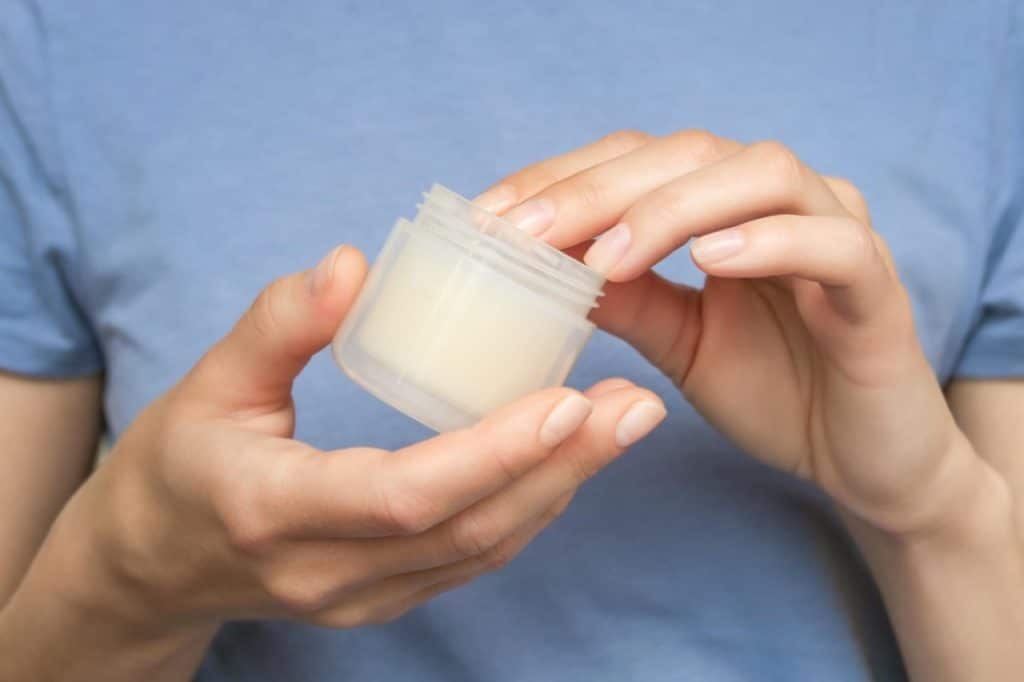
7. Managing Post-Surgical Bleeding (Oozing Wounds)
A 78-year-old patient returns 4 hours post-surgery with a soaked dressing from oozing. What should be done?
Possible Causes of Bleeding:
- Gravity & blood flow in lower legs can prolong oozing
- Blood thinners or age-related fragile skin may contribute
Management Steps:
1️⃣ Remove the soaked dressing and check for active bleeding
2️⃣ Apply firm pressure with sterile gauze for 10–15 minutes
3️⃣ If bleeding continues:
- Use a haemostatic agent (e.g., silver nitrate)
- Apply a pressure dressing (elastic bandage over gauze)
- Elevate the limb above heart level to slow blood flow
4️⃣ If bleeding persists, assess for clotting issues or suture failure
8. Benefits of Occlusive (Non-Breathable) Dressings
Some dressings are non-breathable, creating an occlusive environment that speeds up healing.
How Do They Help?
- Keep wounds moist, helping new skin cells migrate faster
- Reduce bacteria contamination by forming a protective seal
- Minimise scab formation, which slows down healing
- Encourage autolytic debridement, removing dead tissue naturally
How the Body Responds to Occlusive Dressings
- Increased hydration → Cells grow faster
- Lower oxygen tension → Promotes new blood vessel growth (angiogenesis)
- Stable temperature → Optimises enzyme activity in healing
Key Takeaways for Patients, Nurses & Doctors
- Choose the right dressing based on wound type and healing stage
- Watch for signs of infection but don’t mistake normal dressing changes (e.g., hydrocolloid odor) for problems
- Avoid unnecessary antibiotic ointments—simple petroleum jelly works just as well
- Moist wound healing is best for faster recovery and minimal scarring
- Control post-op bleeding with direct pressure, elevation, and careful monitoring
Concerned about your wound? Book an appointment today at ISO Skin Cancer Clinic!

